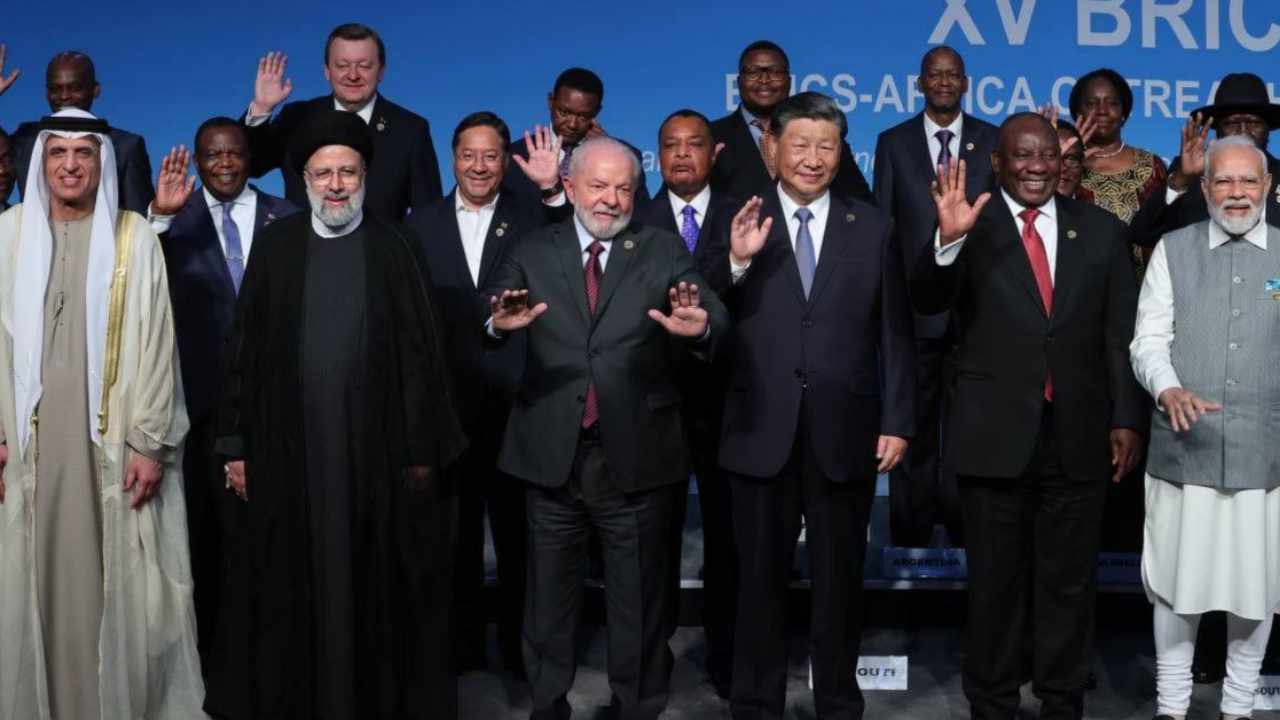
金砖国家+在发展运输走廊及其对全球贸易影响中的作用
金砖国家+(BRICS Plus),包括新成员伊朗、埃及、阿联酋、沙特阿拉伯和埃塞俄比亚,已成为国际物流和运输领域的重要参与者。通过控制苏伊士运河和霍尔木兹海峡等关键运输路线,并开发如南北走廊等国际走廊,金砖国家+正在重新定义全球贸易流动。本文探讨了该集团在发展运输基础设施方面的作用、对全球贸易的影响以及面临的挑战。

运输走廊在全球贸易中的重要性
运输走廊,如中国的“一带一路”倡议或南北走廊,是全球贸易的重要动脉。这些路线使货物能够高效且成本效益高地跨大陆运输。金砖国家+的成员国位于关键地理区域,具有显著的潜力来增强这些走廊。例如,埃及对苏伊士运河的控制、伊朗对波斯湾和里海的通道,以及巴西在大西洋的关键港口,为全球物流发展提供了战略优势。
伊朗在运输走廊中的作用
作为金砖国家的新成员,伊朗在发展运输走廊中发挥着核心作用。其作为亚洲、欧洲和中东之间的桥梁的地理位置,便于东西向和南北向贸易路线的整合。南北走廊,从印度经伊朗到俄罗斯,是金砖国家+的旗舰项目。这一走廊可以显著减少印度与俄罗斯之间的运输时间和成本,促进两国之间的贸易。
此外,伊朗对恰巴哈尔港等港口的开发为进入印度洋提供了通道,成为印度和中国商品进入中东和欧洲市场的门户。伊朗不断扩展的铁路基础设施,作为金砖国家38.2万公里铁路网络的一部分,进一步增强了该集团的运输能力。
金砖国家+的物流合作
金砖国家+专注于发展运输基础设施,以提升其全球竞争力。例如,俄罗斯提议建立金砖国家粮食交易所,可能稳定价格并促进集团内部的粮食贸易。2023年,金砖国家生产了11.7亿吨粮食,占全球产量的42%。随着新成员的加入,这一数字已增至12.4亿吨。
此外,金砖国家+致力于创建独立于西方控制的运输路线网络。这在西方制裁扰乱传统贸易路线的情况下尤为重要。例如,对俄罗斯和伊朗的石油制裁促使这两个国家开发替代运输走廊。
物流挑战
尽管具有潜力,金砖国家+仍面临物流挑战。一些成员国,如埃塞俄比亚,尽管位于非洲之角的战略位置,但缺乏足够的港口基础设施。此外,中国和印度之间的政治和经济紧张关系可能阻碍物流合作。外部压力,如2025年美国的关税威胁,也可能使一些成员对运输项目的投资望而却步。
对全球贸易的影响
金砖国家+的运输走廊发展可能重塑全球贸易动态。通过减少对巴拿马运河或马六甲海峡等西方控制路线的依赖,金砖国家+可以将贸易流动重新导向替代路径。这不仅促进了集团内部的贸易,还使发展中国家在全球贸易中发挥更积极的作用。
此外,运输走廊的发展可以吸引外国投资。例如,中国对伊朗恰巴哈尔港和埃及苏伊士运河项目的投资可以增强这些国家的贸易能力。此类投资还创造就业机会并加强当地经济。
结论
金砖国家+通过专注于运输走廊和物流基础设施,正定位自己为全球贸易的领导者。伊朗、埃及和其他新成员的角色在此过程中至关重要,但成功取决于克服内部和外部挑战。通过继续这一轨迹,金砖国家+可能成为西方主导的贸易体系的强大替代方案。
来源:Eghtesad Moaser – 加强发展中经济体的利益和权利
